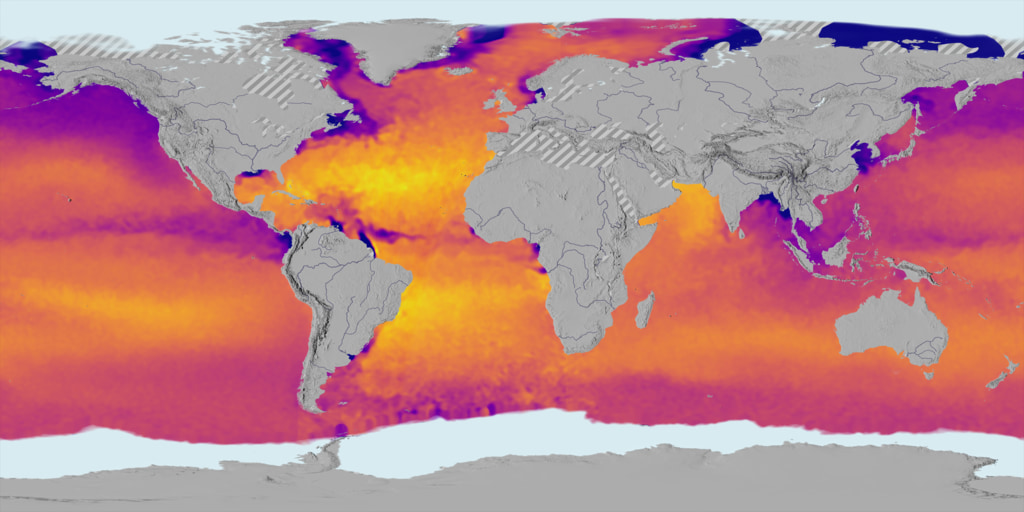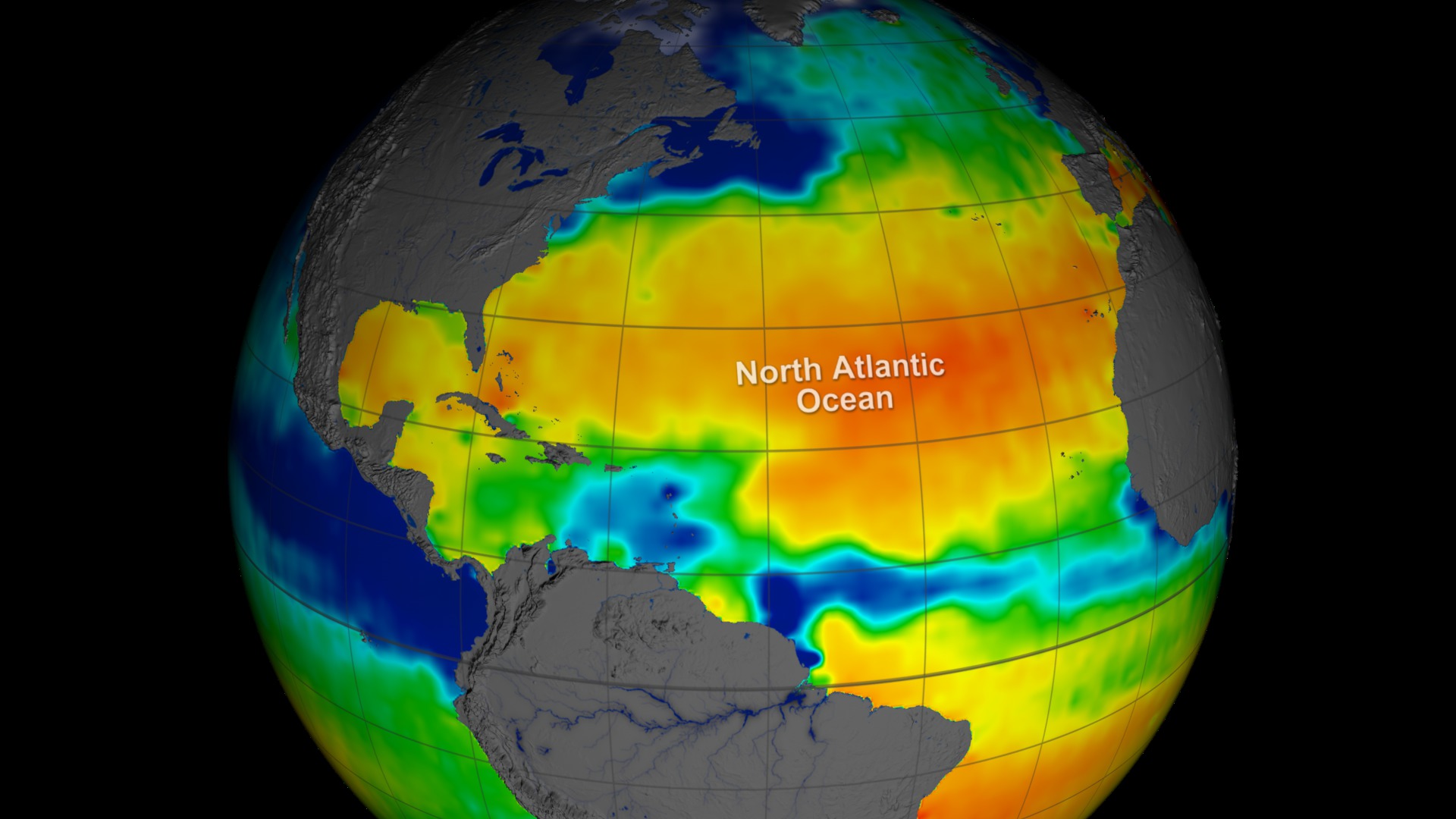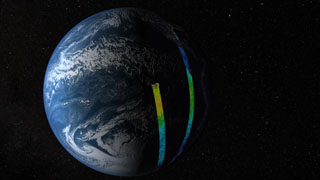NASA On Air: NASA's Aquarius Measures Ocean Salinity (3/13/2014)
LEAD: NASA's Aquarius instrument is observing the saltiness of the ocean surface from space.
-
Bright orange colors = very salty. Blue = lower saltiness.
-
Flying 400 miles above Earth, Aquarius can detect a change as little as a pinch of salt in a gallon of water.
-
Scientists are studying why some hurricanes that pass over the Amazon River plume of lower saltiness tend to get stronger.
TAG: Aquarius should help with El Niño forecasting as well.
More information: http://aquarius.umaine.edu/cgi/sci_results.htm
Credits
Please give credit for this item to:
NASA's Goddard Space Flight Center
-
Producer
- Howard Joe Witte (ADNET Systems, Inc.)
-
Project support
- Aaron E. Lepsch (ADNET Systems, Inc.)
Release date
This page was originally published on Thursday, March 13, 2014.
This page was last updated on Wednesday, May 3, 2023 at 1:51 PM EDT.


